Opel begins production and deliveries of hydrogen Vivaro van
Green Car Congress
DECEMBER 11, 2021
The hydrogen van is the ideal solution for driving long distances with zero emissions as well as for transporting larger loads without losing time while charging the batteries. The Vivaro-e HYDROGEN is based on the existing battery electric Opel Vivaro-e, the “2021 International Van of the Year”. —Head of Development Marcus Lott.

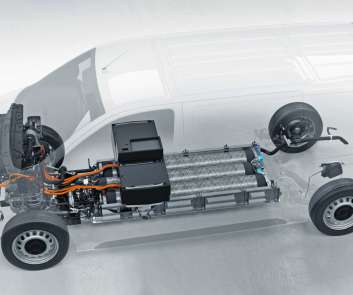









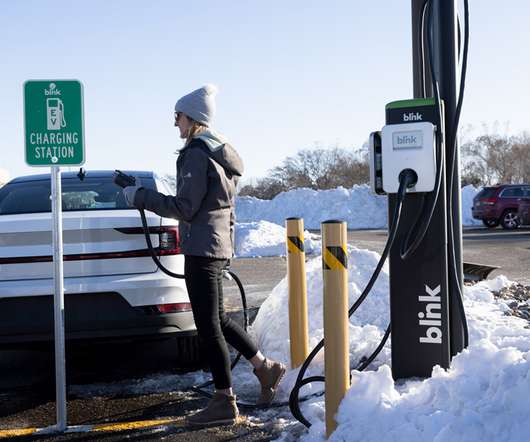
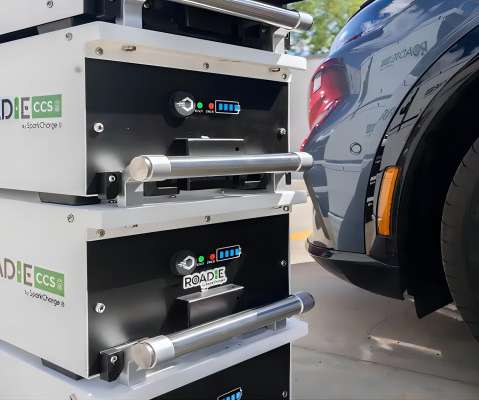

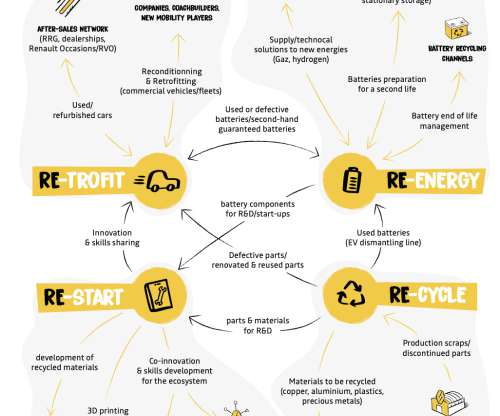

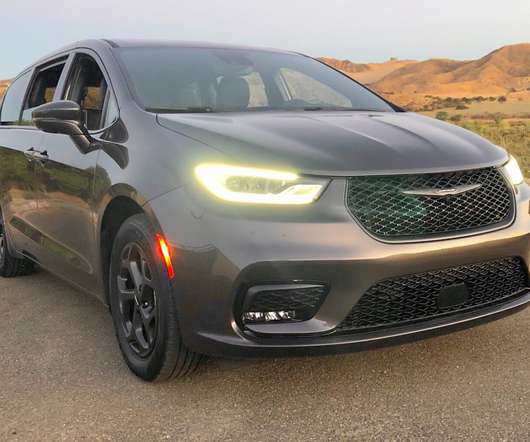
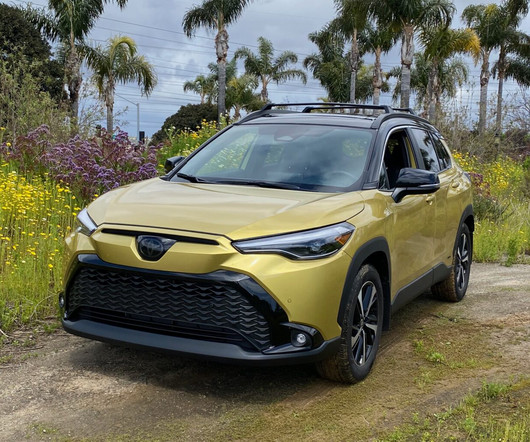
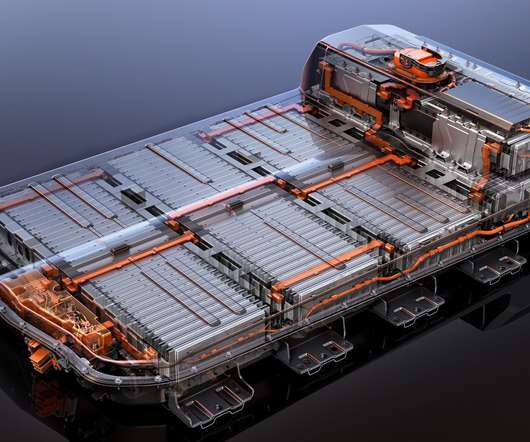
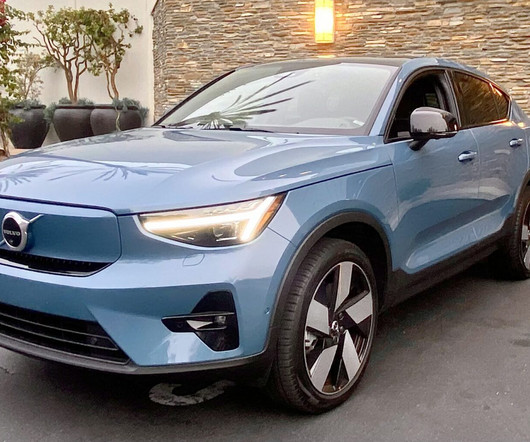
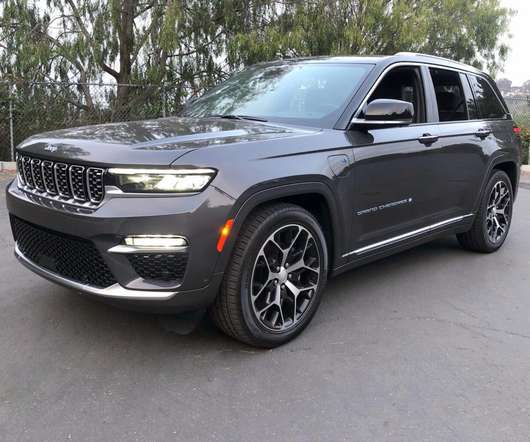

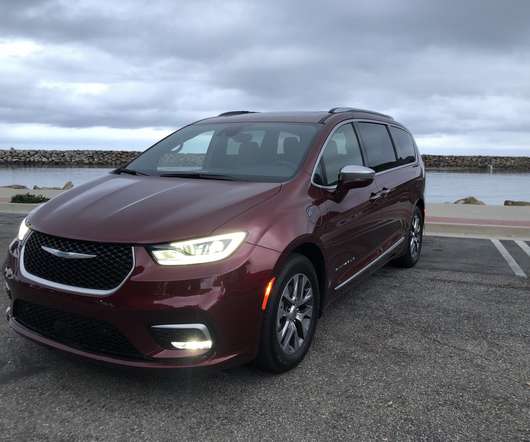



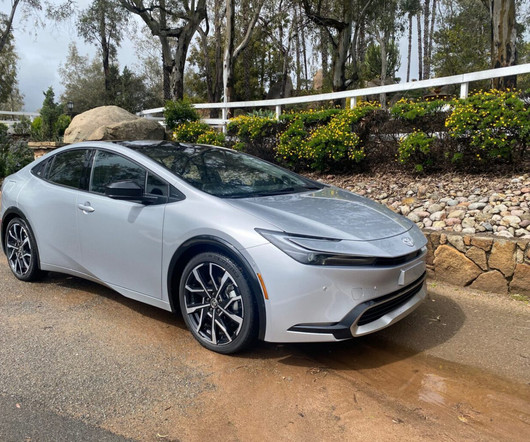

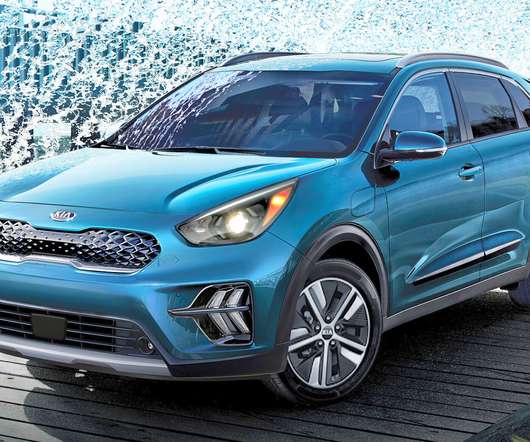

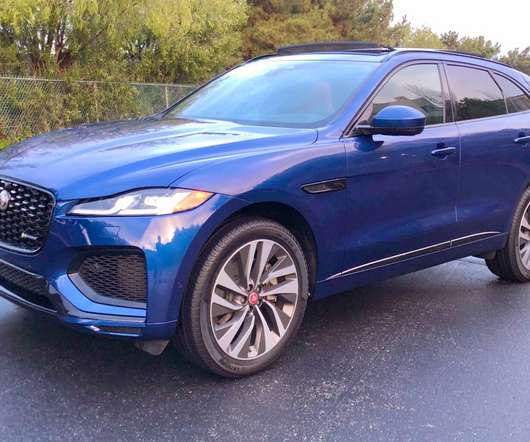




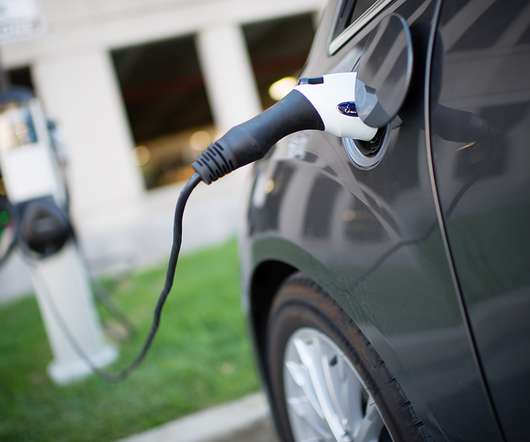










Let's personalize your content